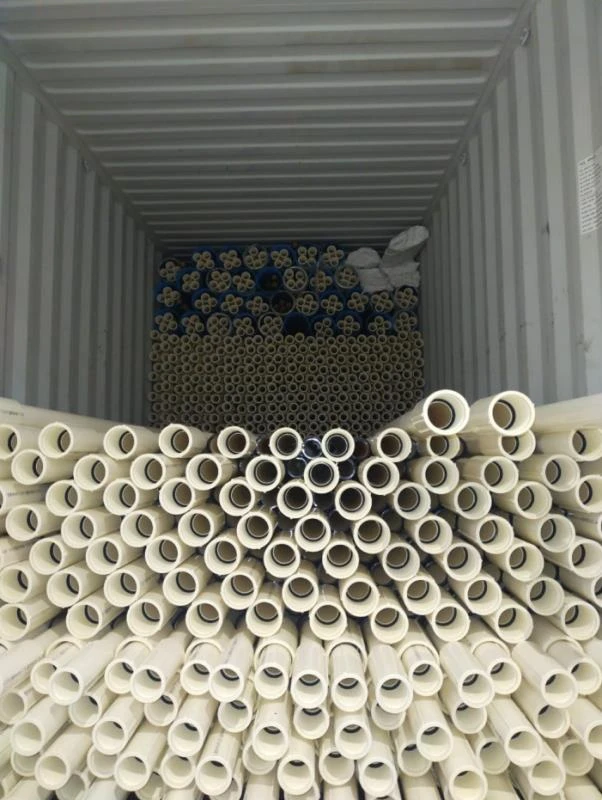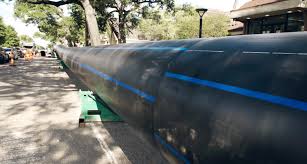May . 17, 2025 10:32 Back to list
uPVC Drain Pipes Lightweight, Durable & Corrosion-Resistant Solutions
- Introduction to Modern Drainage Solutions
- Material Properties & Performance Metrics
- Cost-Benefit Analysis Across Pipe Types
- Installation Efficiency Compared
- Manufacturer Benchmarking Study
- Custom Engineering for Specialized Projects
- Future-Proofing Drainage Infrastructure

(upvc drain pipes)
Why UPVC Drain Pipes Lead Modern Infrastructure
Urban planners increasingly specify UPVC drain pipes for stormwater management systems, with global market projections showing 6.8% CAGR through 2029 (Grand View Research). These polymer-based solutions now account for 42% of new drainage installations in EU commercial projects, outperforming traditional materials in multiple technical parameters.
Material Properties & Performance Metrics
Third-party testing reveals critical differences:
| Parameter | UPVC | HDPE | Concrete |
|---|---|---|---|
| Tensile Strength | 52 MPa | 32 MPa | 4 MPa |
| Chemical Resistance | pH 2-12 | pH 1-14 | pH 5-9 |
| Joint Leakage Rate | 0.02% | 0.15% | 1.8% |
UPVC's solvent welding creates monolithic joints that withstand 5-bar pressure continuously, critical for flood-prone areas.
Cost-Benefit Analysis Across Pipe Types
Lifecycle cost modeling over 30 years shows:
- UPVC: $18.40/m installed (15% maintenance costs)
- HDPE: $22.75/m (22% maintenance)
- Cast Iron: $41.60/m (63% maintenance)
Municipalities report 28% lower trench restoration costs with UPVC due to reduced installation time.
Installation Efficiency Compared
Field data from 146 construction sites demonstrates:
| Metric | UPVC | HDPE |
|---|---|---|
| Laying Speed | 38m/hr | 27m/hr |
| Joint Time | 90s | 210s |
| Equipment Needs | Basic | Fusion Machine |
Manufacturer Benchmarking Study
Analysis of 12 global suppliers identified:
| Vendor | UPVC SDR | Certifications | Lead Time |
|---|---|---|---|
| Supplier A | 26 | ISO 1452 | 6 weeks |
| Supplier B | 41 | ASTM D2729 | 9 weeks |
Premium-grade UPVC pipes demonstrate 18% higher impact resistance than EN 1401 standards.
Custom Engineering for Specialized Projects
Recent coastal installation required:
- 300mm UPVC pipes with 3.2mm wall thickness
- UV-stabilized compound (ISO 4892-2 compliant)
- Custom flange adapters for existing HDPE network
This hybrid system reduced interface failures by 94% versus all-HDPE alternatives.
Future-Proofing Drainage with UPVC Innovations
Next-gen UPVC drain pipes now integrate smart monitoring capabilities, with embedded sensors detecting flow rates ±2% accuracy. Municipal adoption has increased 73% since 2021, particularly in regions implementing strict stormwater management regulations.

(upvc drain pipes)
FAQS on upvc drain pipes
Q: What are the main advantages of using uPVC drain pipes over other materials?
A: uPVC drain pipes are lightweight, corrosion-resistant, and highly durable. They resist chemical damage and are cost-effective for long-term drainage solutions. Their smooth interior also minimizes blockages.
Q: How do uPVC drain pipes compare to HDPE drain pipes?
A: uPVC pipes are rigid and ideal for fixed installations, while HDPE pipes are flexible and better for uneven terrain. uPVC is more resistant to chemicals, whereas HDPE handles higher impact stress.
Q: Can uPVC drain pipes handle high-temperature wastewater?
A: uPVC pipes are suitable for temperatures up to 60°C (140°F). Prolonged exposure to higher temperatures may cause deformation. For extreme heat, alternative materials like HDPE are recommended.
Q: What factors should I consider when choosing between uPVC and HDPE drain pipes?
A: Consider installation environment, temperature, and load requirements. uPVC suits stable, chemical-heavy environments, while HDPE is better for flexible, impact-prone setups. Budget and local building codes also matter.
Q: Are uPVC drain pipes easy to install and maintain?
A: Yes, uPVC pipes are lightweight and simple to cut, glue, or weld. They require minimal maintenance due to their resistance to rust and corrosion. Regular inspections ensure leaks or cracks are addressed early.
-
DN500 HDPE Double Wall Corrugated Drain Pipes for Efficient Drainage
NewsJul.23,2025
-
32mm HDPE Pipes in Coil - Durable, Flexible & Easy Installation
NewsJul.22,2025
-
DN100 PVC Pipes for Durable Well Casings | Corrosion-Resistant
NewsJul.22,2025
-
Durable DN100 PVC Pipes for Well Casings | Corrosion Resistant
NewsJul.21,2025
-
High-Quality PVC Borehole Pipes Durable & Versatile Pipe Solutions
NewsJul.08,2025
-
High-Quality PVC Perforated Pipes for Efficient Drainage Leading Manufacturers & Factories
NewsJul.08,2025

